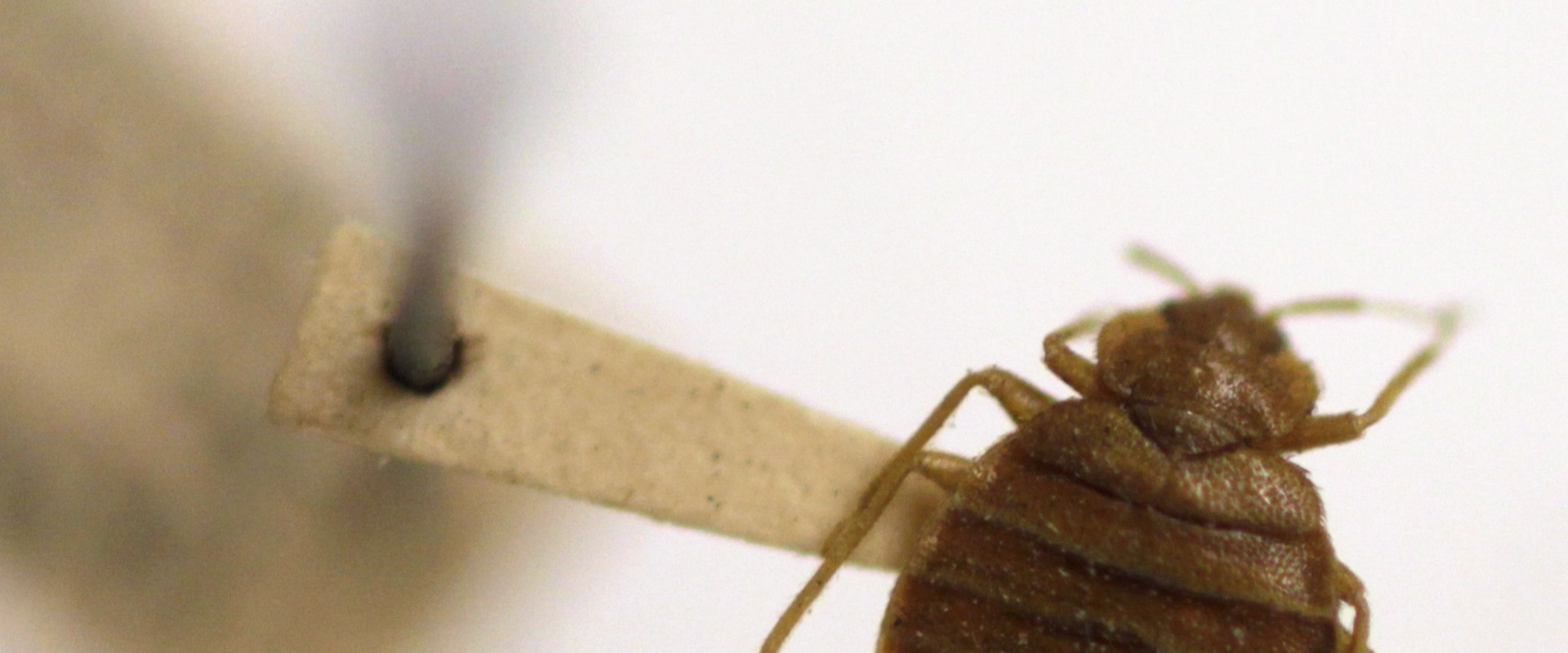Scientific evidence from all research studies conducted on these pest repellents says that they are ineffective. The Environmental Protection Agency and the Federal Trade Commission say they don't work and have prosecuted some of the vendors. These electronic devices are generally equivalent to a plastic box that attaches to a wall. Electronic ultrasonic pest and insect repellent devices claim that their high-frequency sound waves are intolerable to rodents and insects.
And even when they work, the effects are short-lived. For example, a study of rodent repellent devices for the U.S. Department of Agriculture and the National Wildlife Research Center found that rodents stopped responding to ultrasonic sounds after a few days of exposure. In the pest control industry, few products are as controversial as ultrasonic pest repellers.
Some studies have shown success with specific insects, such as crickets. However, this success was generally very localized. For example, pests could have avoided the particular room where the electronic pest repeller was located, but they did not evacuate the entire house. No success has been demonstrated in cockroaches, ants, spiders or rodents.
Ultrasonic pest repellers are an absolute fraud and all manufacturers or distributors of them know this. Ultrasonic sound waves have a higher frequency than the human ear can hear, but invasive species can detect them. The Federal Trade Commission cracked down again, scolding manufacturers of an ultrasonic repeller known as the “love bug.” Therefore, I won't spend more than I would on a can of REAL REPELLENT chemicals either if only for the fun of retesting the devices with the feeling you have on them. According to a BBC article, entomologist Bart Knols states that “there is no scientific evidence that ultrasound repels mosquitoes.
At the end of the video, you can see lots of moths and other buggies flapping wildly around the repellents. In fact, it's normal for ultrasonic repeller companies to suffer terrible overall reliability scores. After that, I didn't have a single mouse in the house, until 5 years later, when the repellents ran out and stopped working. It would be great if there was an application or computer program that could be used to verify that a repeller is actually transmitting sound.
I bought the electronic pest repeller 2 months ago and all I have seen is an increase in the number of pests. Most of these ultrasonic pest repellers are designed to connect to wall outlets and are intended to protect the room they are in. Electromagnetic devices will provide you with a genuine, pest-free home against the pests that reside within those facilities. In addition, in 2003, the Federal Trade Commission demanded that one of the main sellers of ultrasonic repellers, Global Instruments, suspend its advertising campaigns.
However, in the end, there was no statistical difference compared to not using an ultrasonic pest repeller.




